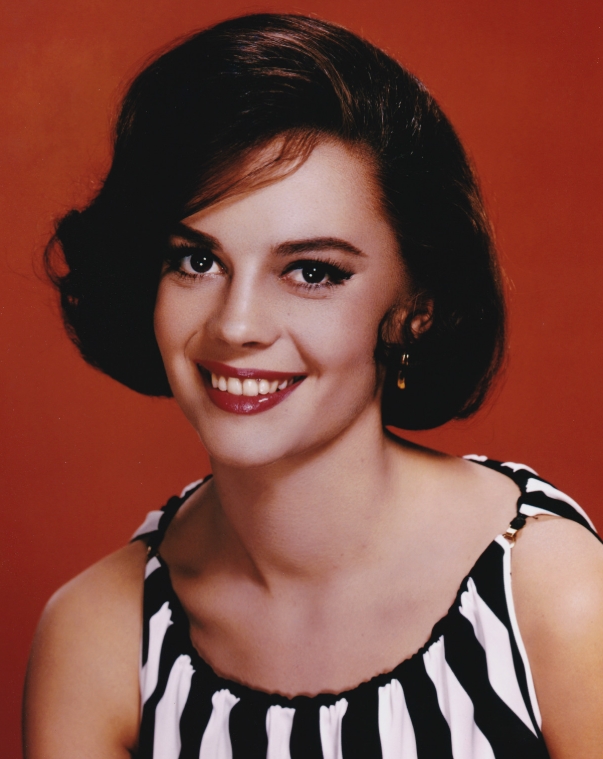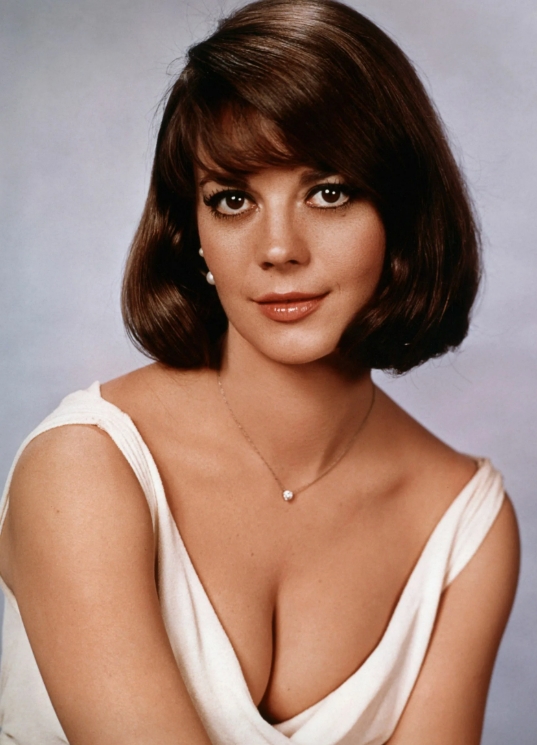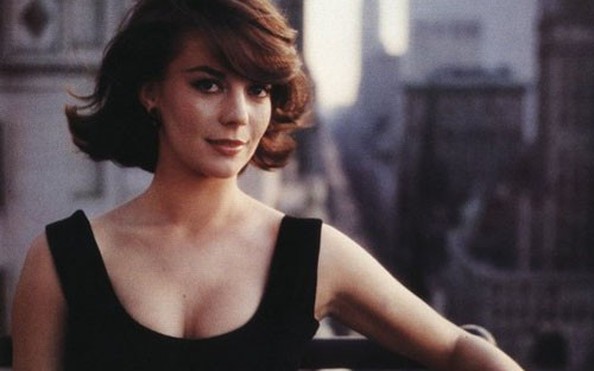A Legendary Star Who Captivated Millions, But Left Us Too Soon at Just 43!: Who Is She?
10 Mysterious Details Few People Know About Princess Diana’s Legendary Wedding Dress.

Around Princess Diana’s legendary wedding dress are countless memories and fascinating stories that, for many years, were little known to the public. While the gown dazzled millions of viewers during the “wedding of the century,” it also carried with it secrets, challenges, and hidden details that reveal just how much thought, labor, and symbolism went into its creation.
The gown Diana wore when she married Prince Charles on July 29, 1981, became one of the defining symbols of modern fashion history—bridal fashion in particular. Designed by David and Elizabeth Emanuel, it was made of ivory silk taffeta, decorated with lace and hand embroidery, and adorned with 10,000 pearls. Its 25-foot (nearly 8-meter) train stunned the world, instantly securing its place among the most iconic dresses of all time.
Even now, decades later, the dress remains an enduring inspiration for designers worldwide. But behind the glamour lies a set of little-known stories—details that highlight both the grandeur and the challenges of bringing such a masterpiece to life.

1. The dress was larger than the wedding carriage itself
One of the most memorable quirks of the gown was its sheer size. Diana herself had asked the Emanuels to design the widest skirt possible, something that would make a breathtaking impression as she walked down the aisle. The result was a gown so voluminous that it physically could not fit comfortably inside the Glass Coach meant to take her to St. Paul’s Cathedral.
On the morning of the wedding, Diana had to squeeze into the carriage, her skirt and train carefully folded and crammed around her. Assistants struggled to arrange the fabric, but by the time she emerged, the dress was visibly creased. While millions saw it as a fairytale moment, insiders remember the behind-the-scenes chaos of simply trying to get her to the church without the dress swallowing the coach whole.
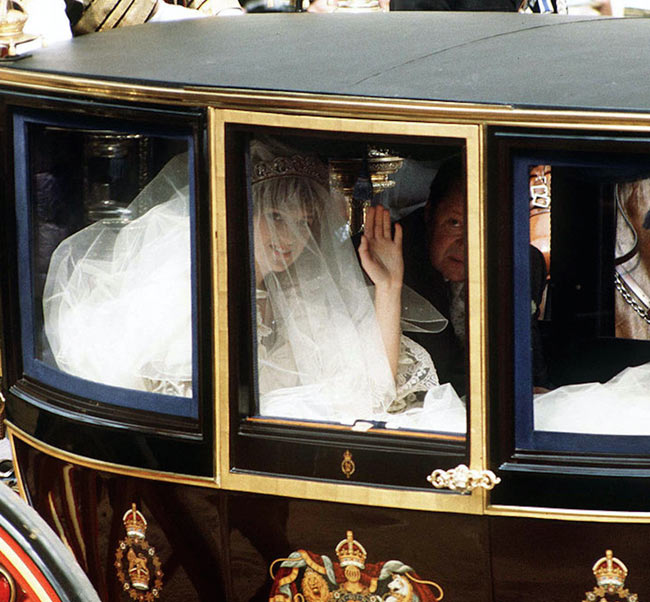
2. The gown honored centuries-old bridal traditions
Diana’s dress wasn’t just spectacular—it was symbolic. It adhered to the old European bridal rhyme: “Something old, something new, something borrowed, something blue, and a silver sixpence in her shoe.”
The “something old” came from antique lace used in the ruffles, believed to have historic roots. The “something new” was the specially woven silk, produced by a British silk farm to highlight national craftsmanship. The “something borrowed” was the Spencer family tiara, chosen instead of a royal crown jewel to reflect her personal heritage. The “something blue” was a tiny satin bow sewn discreetly into the waistband. And yes, Diana’s wedding shoes contained the traditional silver sixpence, a token of good fortune for her marriage.
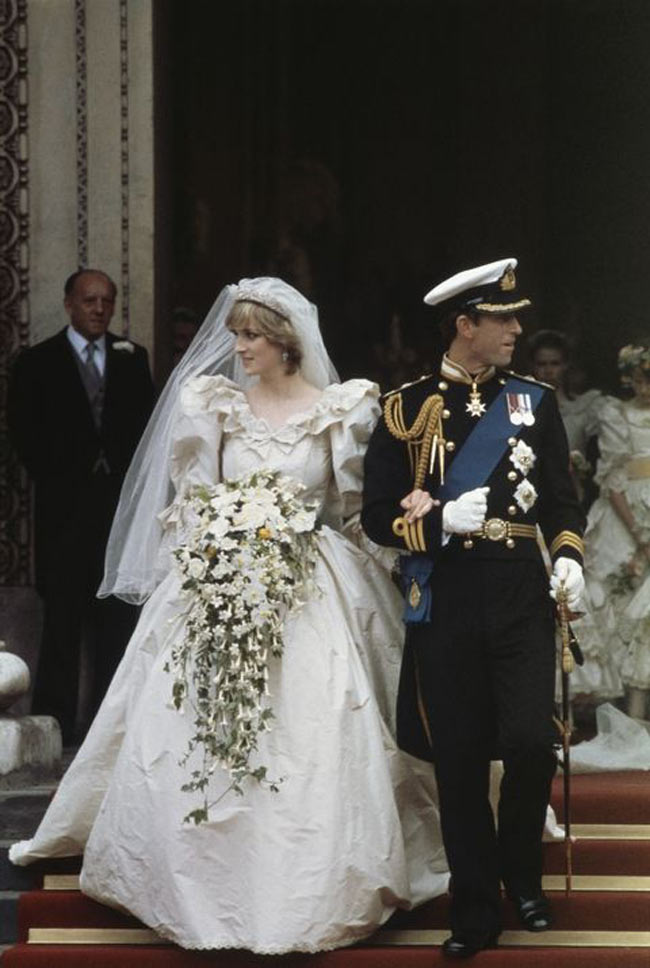
3. The lace traced back to Queen Mary
Few people realize that part of the lace incorporated into Diana’s gown had an extraordinary history. The decorative lace trim was discovered in what seemed like a simple bag of fabric scraps purchased at auction. Upon closer inspection, experts identified it as antique lace that once formed part of Queen Mary’s gown lining.
This discovery connected Diana’s dress to the royal past in an almost mystical way. A forgotten piece of fabric, overlooked for decades, was given new life on the most-watched bridal gown of the modern era. It symbolized continuity between past and present—between a young, modern princess and the long lineage of queens before her.
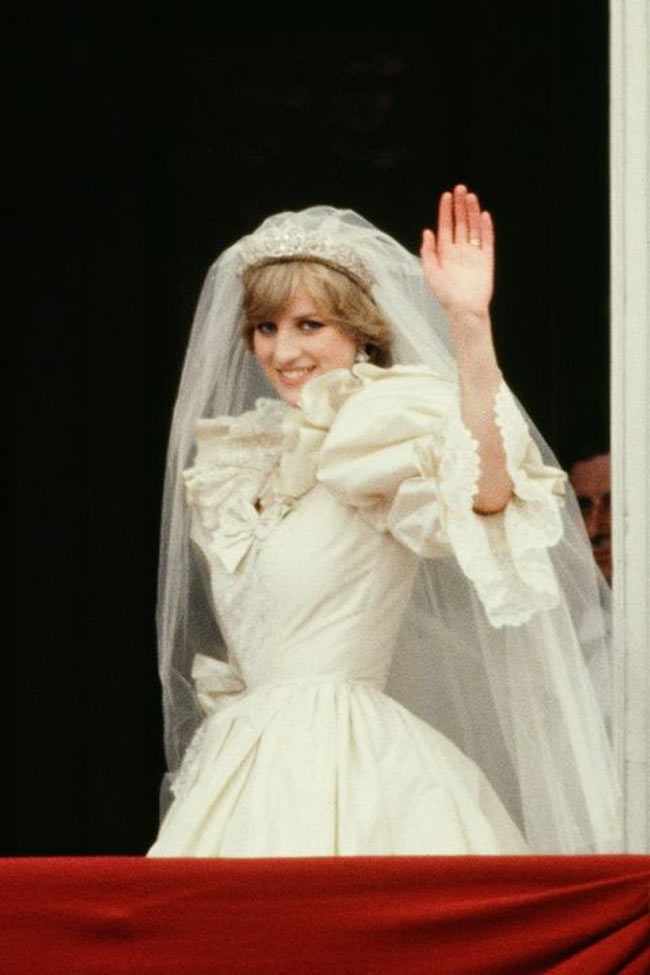
4. A hidden horseshoe charm
To add an intimate, personal touch, the Emanuels secretly sewed a golden charm into the gown. Hidden under the label was an 18-carat gold horseshoe, intended to bring Diana good luck in her marriage and future life.
This detail was invisible to the public eye but deeply meaningful. At just 20 years old, Diana was entering not only a marriage but also one of the most demanding roles in the world. The hidden charm was the designers’ way of offering her a small, silent blessing stitched directly into her gown.
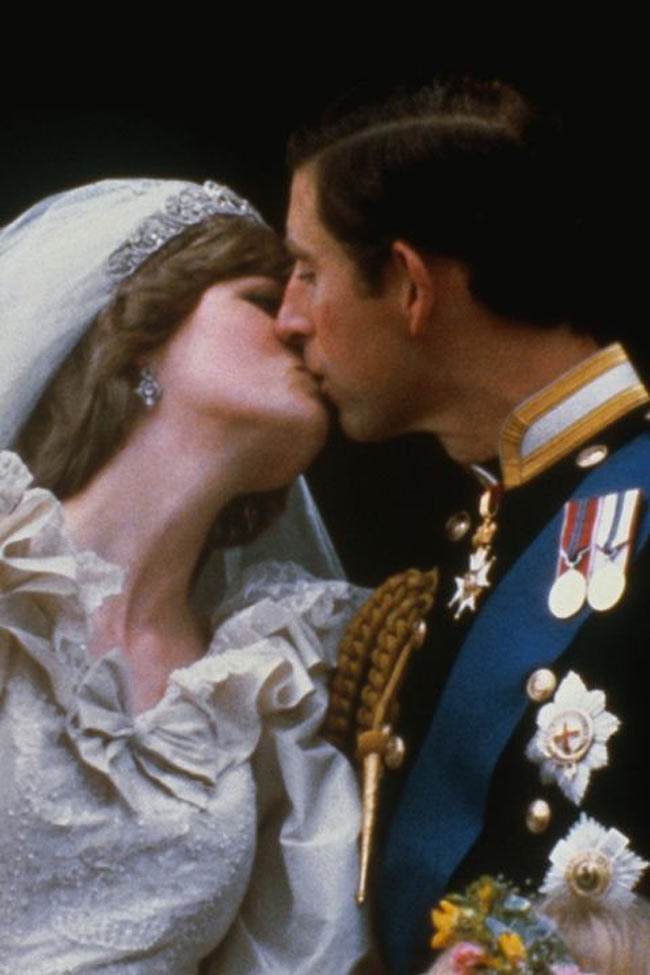
5. A perfume stain on the dress
Despite all the careful planning, not everything went perfectly. While preparing for the ceremony, Diana accidentally spilled a small amount of her favorite perfume—Quelques Fleurs—onto the gown. According to her makeup artist, Barbara Daly, Diana tried to cover the mark by holding part of the dress in her hand as she walked.
It was a reminder that even the most iconic moments can carry small imperfections, invisible to most but forever remembered by those closest to the bride.
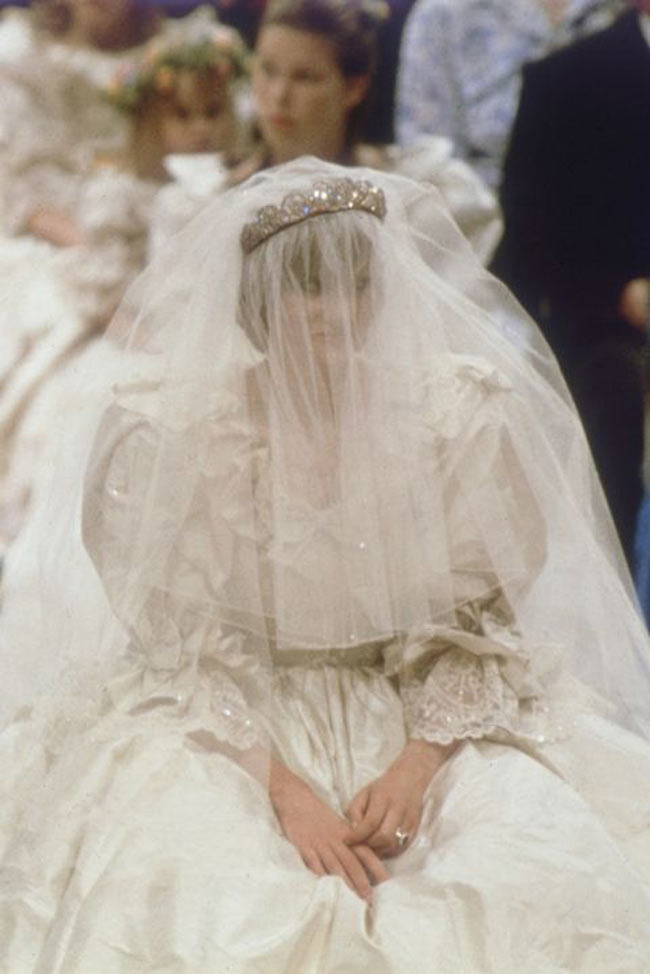
6. The veil was even longer than the train
The train of Diana’s dress was already historic at nearly 8 meters, but her veil was even longer. Attached to the Spencer tiara, it was made from 153 meters of fine tulle, cascading beyond the train itself. The veil’s length added a dreamlike, ethereal quality, creating the impression of a bride floating down the aisle wrapped in gossamer light.
It also created logistical headaches, as bridesmaids had to coordinate carefully to keep both the train and veil from tangling during her entrance into the cathedral.
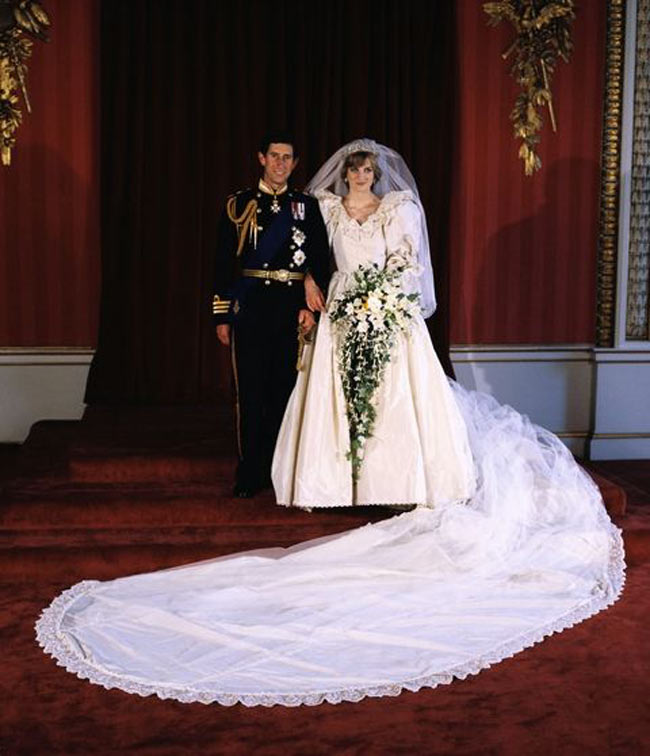
7. The gown had to be altered at the last minute
Seven months before the wedding, Diana’s waistline shrank dramatically—by about 12 centimeters—due to sudden weight loss. At the time, the public knew nothing of her struggles, but years later, she would openly speak about facing an eating disorder.
For the designers, this meant constant alterations. They worked tirelessly to refit the gown, right up until the last days before the ceremony. The final version was slimmer than originally planned, reflecting the very real pressures Diana was under as she prepared to step into her new role.
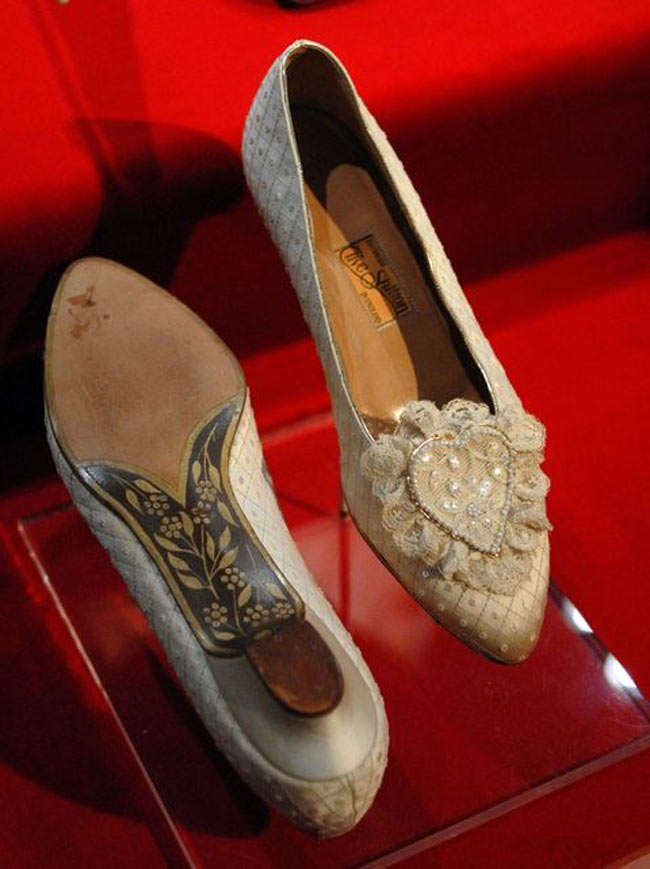
8. Six months to create her wedding shoes
Diana’s shoes were just as elaborate as her gown, though they often escape attention. Crafted from silk and meticulously embroidered, they featured 542 sequins and 132 pearls. The soles were hand-painted with a decorative “C” and “D,” representing Charles and Diana.
The shoes were low-heeled—partly to ensure Diana, who stood at 1.77 meters tall, would not tower over Charles. Despite their modest height, they took six months to make, a testament to the detail and care invested in every part of her bridal ensemble.
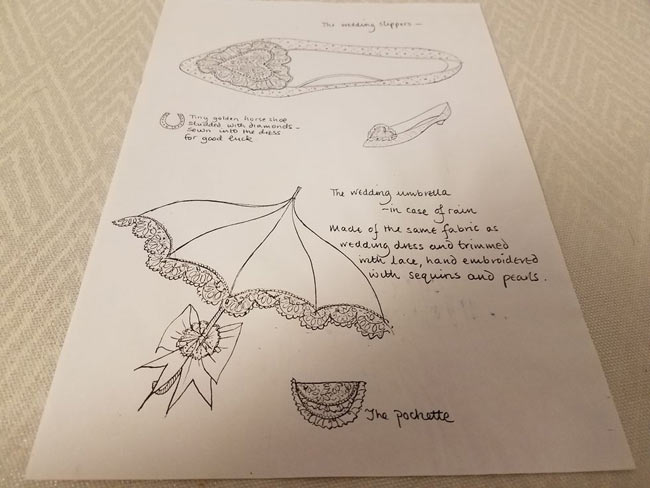
9. Secret umbrellas prepared for rain
England’s unpredictable weather made rain a real concern. To prepare, designer David Emanuel commissioned two vintage umbrellas, covered in ivory and white silk. These were hand-embroidered with pearls, sequins, and lace, ensuring they matched the gown perfectly.
Fortunately, the wedding day dawned bright and clear, so the umbrellas were never used. Few people outside the design team even knew of their existence, but they remain a charming example of just how thorough the planning had been.
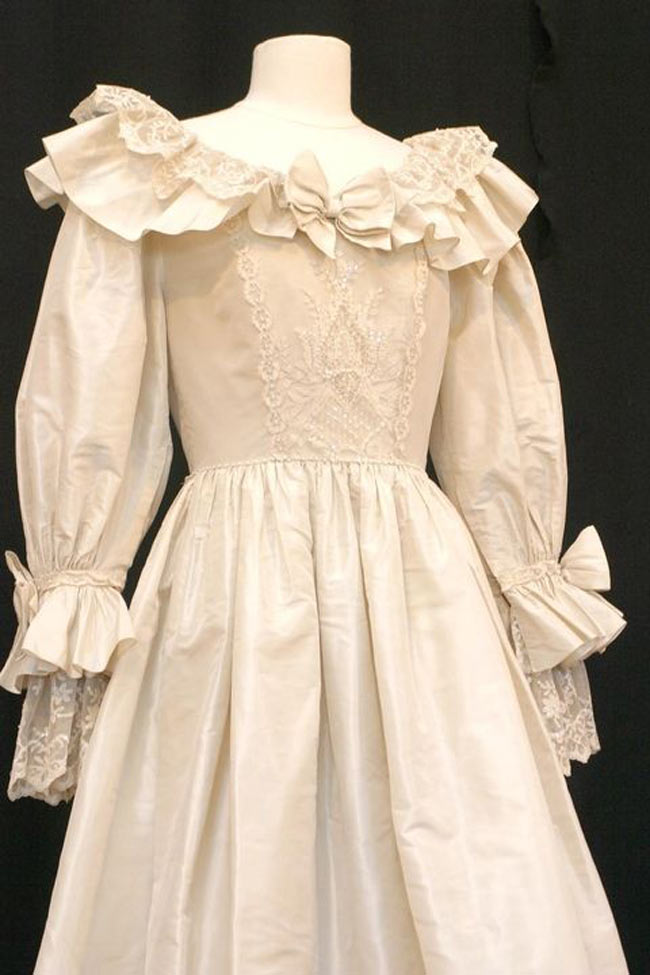
10. The mysterious disappearance of the backup gown
Finally, one of the most intriguing stories: the backup dress. Designer Elizabeth Emanuel long denied creating a replica, but colleagues later admitted a second gown had indeed been made as a precaution in case the original design leaked to the press.
This backup gown, similar in style but with a slightly different neckline, mysteriously vanished from the studio. For years, no one knew what became of it—until it resurfaced in 2005 and was put up for auction. The mystery only adds to the mythology surrounding Diana’s wedding attire.
:max_bytes(150000):strip_icc()/princess-diana-king-charles-wedding-dress-recirc-getty-images-97a443a75f0f4b08a20d2af9336b32fb.jpg)
A Dress That Became History
Princess Diana’s wedding gown was more than just a dress. It was a work of art, a symbol of tradition, and a reflection of her place in history. Every detail—from antique lace to secret charms, from hurried alterations to forgotten umbrellas—tells a story.
For those who watched her step out of the carriage on that summer morning in 1981, it was a vision of fairytale perfection. For those who know the hidden stories, it was also a reminder of the pressure, vulnerability, and humanity behind the spectacle.
More than forty years later, Diana’s wedding dress remains one of the most iconic garments ever created—an enduring symbol of elegance, fragility, and timeless inspiration.


